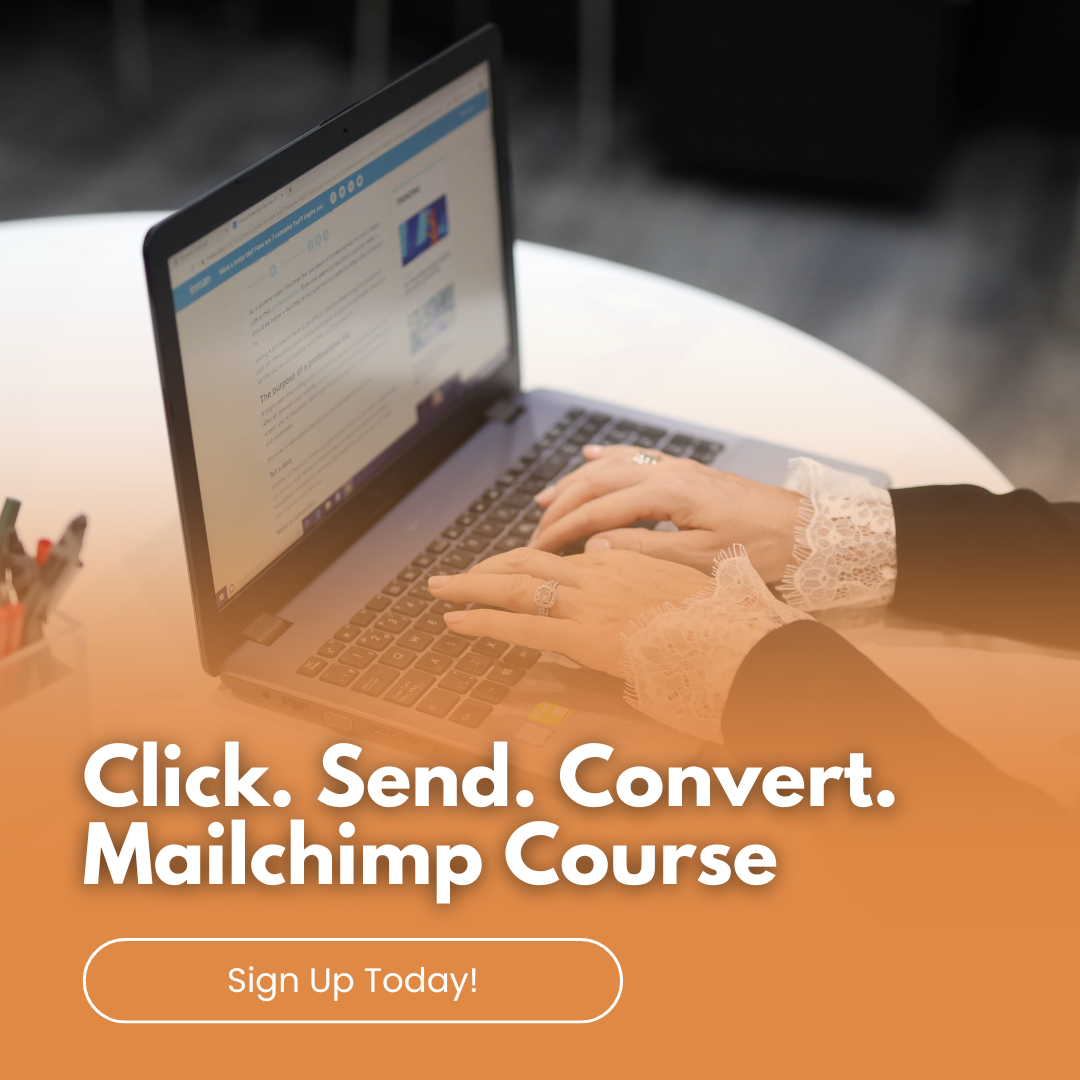
10 Tiny Tweaks That Will Totally Transform Your Customer Journey
The smallest details can make the biggest difference in crafting a memorable customer journey. Here are ten simple yet effective ways to elevate the experience and turn casual browsers into loyal customers.
1. Personalised Greetings
Imagine logging onto a website and being greeted by name! Simple personalised touches, such as addressing customers by name in emails or when they log into your site, can make them feel valued and enhance their connection to your brand.
2. Responsive Customer Service
Quick and empathetic responses to customer enquiries or complaints can transform a potentially negative experience into a positive one. Leveraging AI chatbots for immediate replies and routing complex queries to human agents can ensure customers feel heard and supported.
3. User-Friendly Website Design
A clean, intuitive website design is crucial. Ensure that your navigation is straightforward and that key information is easy to find. Optimise for mobile use, as a significant portion of users access the internet via their smartphones.
4. Reward Loyalty
Introduce a loyalty programme that rewards repeat customers with discounts, special offers, or early access to new products. This not only encourages repeat business but also fosters a deeper brand connection.
5. Surprise and Delight
Occasionally, surprising customers with a small freebie or an unexpected upgrade can leave a lasting impression. This could be as simple as a complimentary product sample with their order or a random upgrade to expedited shipping.
6. Consistent Communication
Keep your customers in the loop with regular updates about their orders, changes to services, or upcoming promotions. Transparency builds trust, and keeping customers informed shows that you value their business.
7. Simplify the Checkout Process
A complicated checkout process can deter potential sales. Streamline the process to minimise the number of steps and reduce cart abandonment. Offer multiple payment options to cater to different preferences.
8. Solicit Feedback
Regularly ask for feedback through surveys or follow-up emails after a purchase. This not only provides you with valuable insights into how to improve but also shows customers that you are committed to meeting their needs.
9. Educational Content
Provide value beyond the sale with educational content related to your products or industry. This could be in the form of blogs, tutorials, or user guides. Educated customers are more likely to appreciate the value of your offerings.
10. Community Engagement
Create a community around your brand by encouraging customers to interact with you and each other on social media or forums. Host live events or webinars where customers can learn and share experiences.
By focusing on these small yet impactful details, businesses can significantly enhance the customer journey, turning casual interactions into lasting relationships. Remember, in the realm of customer experience, it’s often the little things that count the most!













